Details
| University Location | Perth, Western Australia |
|---|---|
| City Population | 2.4 million |
| Student Population | 60,000 |
| Int'l Student Population | 16,000 |
| Main Campus | Curtin Perth |
| Program Campus | Curtin Perth |
| Program Duration | 3 years |
| Estimated Annual Tuition | AUD$56,066 (2026 fees; subject to increase) |
| Semester Intake | January |
| Next Available Intake | 2027 |
| Application Deadline | TBA* |
| International Places | Up to 40 |
| CRICOS Provider | 00301J |
Overview
The Faculty of Health Sciences at Curtin University offers a range of facilities that allow for real-world learning in safe environments, under the supervision of experienced staff. Some of these facilities simulate the experience of a healthcare setting to prepare you for practice, while others are functional clinics where you can directly help members of the public in Perth and regional Western Australia. The university also offers specialized research facilities to support funded research projects across the university and beyond.
Within the Faculty of Health Sciences, the School of Allied Health is a leading provider in Western Australia of professionally recognized undergraduate and postgraduate courses in exercise and sport science, occupational therapy, physiotherapy, speech pathology and social work.
Program
The Doctor of Physiotherapy at Curtin University offers a fast-track pathway to becoming a physiotherapist. A series of coursework units will provide you with foundational knowledge in the broad range of specialist and practical areas that encompass the physiotherapy profession.
As a physiotherapy student, you’ll complete case studies and clinical placements to help you apply your knowledge to make well-informed clinical decisions. Furthermore, your studies will emphasize evidence-based practice and encourage you to think critically.
Anatomy Suite
As a Curtin physio student, you’ll access preserved human and bone specimens, anatomical teaching models and resources in Curtin’s anatomical suite. The suite includes six teaching laboratories, which can accommodate more than 200 health science students at any time.
The suite also includes a museum space, where you can see preserved human dissections and pathological specimens, as well as dissection laboratories for you to perform anatomical dissections and study the comparative anatomies of different animals.
Motion Analysis Laboratory
In this laboratory, you can research activities associated with human movement. It includes an 18-camera high-speed optical motion capture system, four force platforms, wireless electromyography to assess muscle activation and function during movement, a blue screen for chroma key, and space for run-through motion analysis.
Exercise Physiology Laboratory
This laboratory will enable you to monitor the health and fitness levels of individuals. It includes electronic treadmills, two 20-metre walking and running tracks, ECG machines to record heart activity, an expired gas analysis system, and bikes and rowing machines with ergometers.
Strength and Conditioning Rehabilitation Laboratory
This complete suite of exercise equipment means you can help patients undergo physiotherapy and rehabilitation. It includes Western Australia’s first Cybex Bravo functional training machine, as well as free-standing weights and weight machines, to work on strength and core activation.
What You’ll Learn
- Critically appraise and synthesize appropriate evidence to ethically apply physiotherapeutic strategies for individuals and groups across the lifespan
- Competently and confidently apply and lead physiotherapeutic practice in diverse and changing environments and across a range of practice areas for improved healthcare outcomes at individual and/or group level
- Communicate confidently and effectively to advocate for and educate individuals and groups of diverse cultural, linguistic, ability, and gender backgrounds
- Competently and innovatively use digital technologies that enhance healthcare delivery
- Be curious, creative, and responsive to emerging evidence and practice change, and engage proactively and reflectively in lifelong learning
- Demonstrate knowledge of socio-politico-cultural influences on health care in a local and global context and an ability to respond to the national and international healthcare environment and broader healthcare priorities
- Demonstrate cultural capability and implement culturally appropriate interventions to improve healthcare outcomes for Aboriginal and Torres Strait Islander peoples
- Display leadership and work collaboratively with a range of stakeholders in interprofessional teams to achieve optimal client/patient outcomes
Clinical Placements
If you study physiotherapy, you’ll work with members of the community to treat musculoskeletal conditions and sports injuries in the university’s bespoke clinic at Curtin Perth. In your final year, you can also gain work experience treating patients within Sir Charles Gairdner Hospital in Nedlands, to Perth’s west, and conduct examinations and develop tailored treatment plans.
Admission Requirements
Completed bachelor’s degree
You must have a completed undergraduate degree from a recognized university with a minimum cumulative GPA of 2.0/4.0 and have extensive pre-existing knowledge in the following areas:
- Musculoskeletal anatomy (1 semester); must include wet lab/cadaveric content
- Human biology or physiology (1 semester)
- Health-related research methods (1 semester)
The above criteria are minimum requirements only. Once prerequisites are met, entry is via a competitive selection process.
Admission Timeline
*Applications for the 2026 intake closed September 29, 2025. For information about the 2027 intake and to apply, please contact OzTREKK. Applications are assessed on a rolling-admissions basis (first come, first served). Offers are made throughout the year based on academic merit and subject to availability in the program. You are encouraged to apply as early as possible as this program can fill quickly.
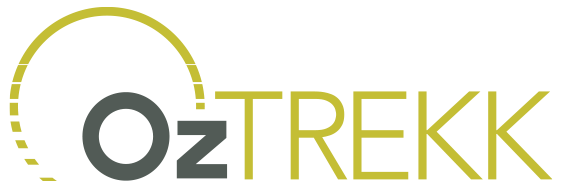


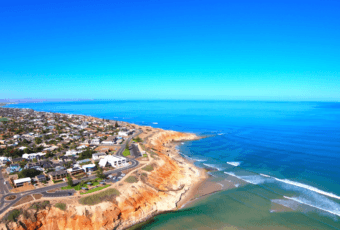
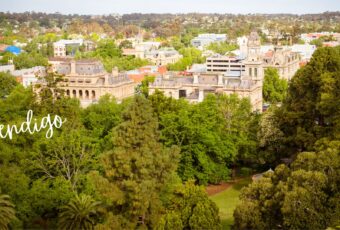


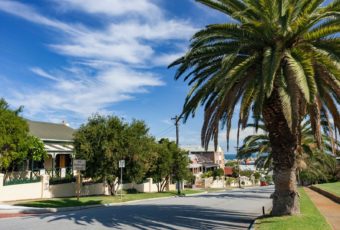


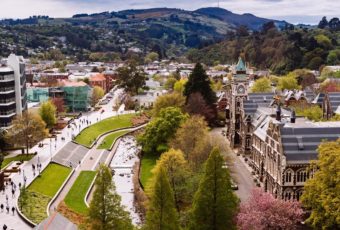

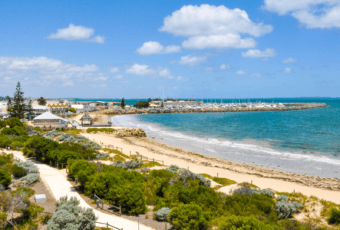


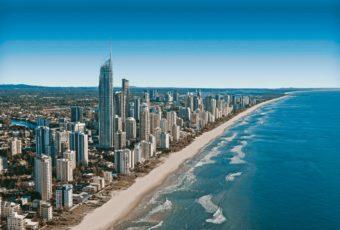


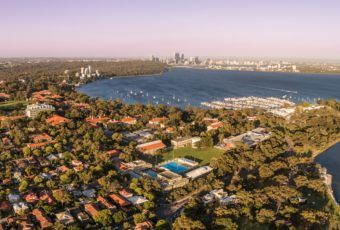

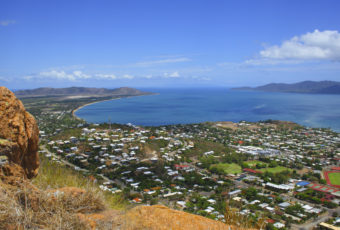











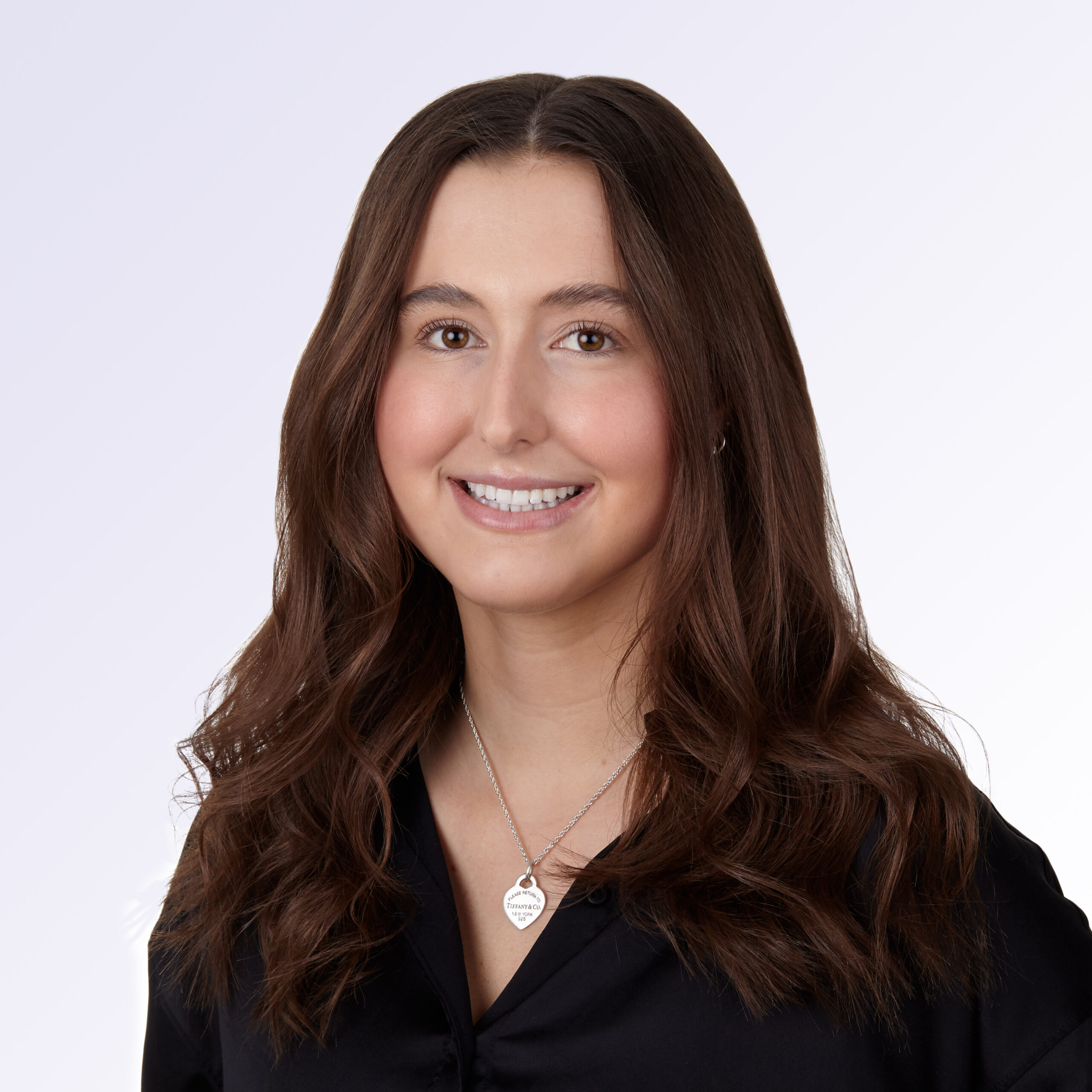
Ask A Question
Ask us about your program of interest, or if you have a question about our services.
CONTACT US TODAY